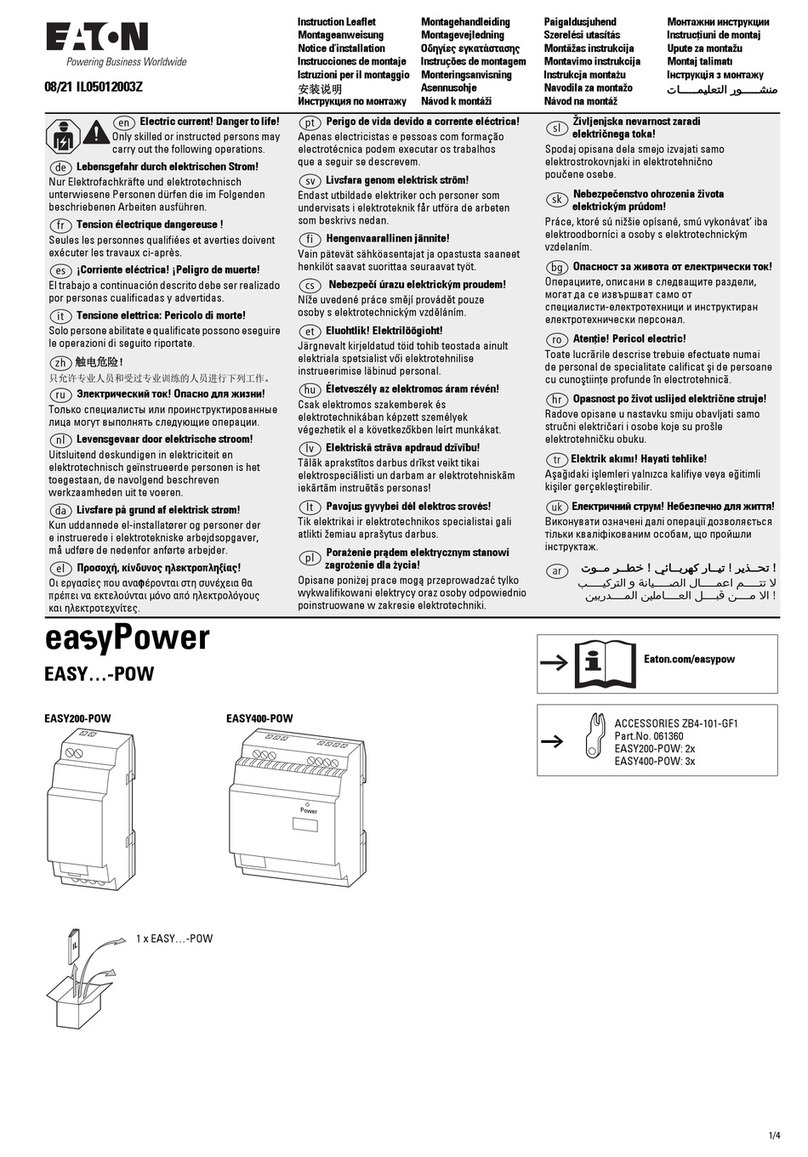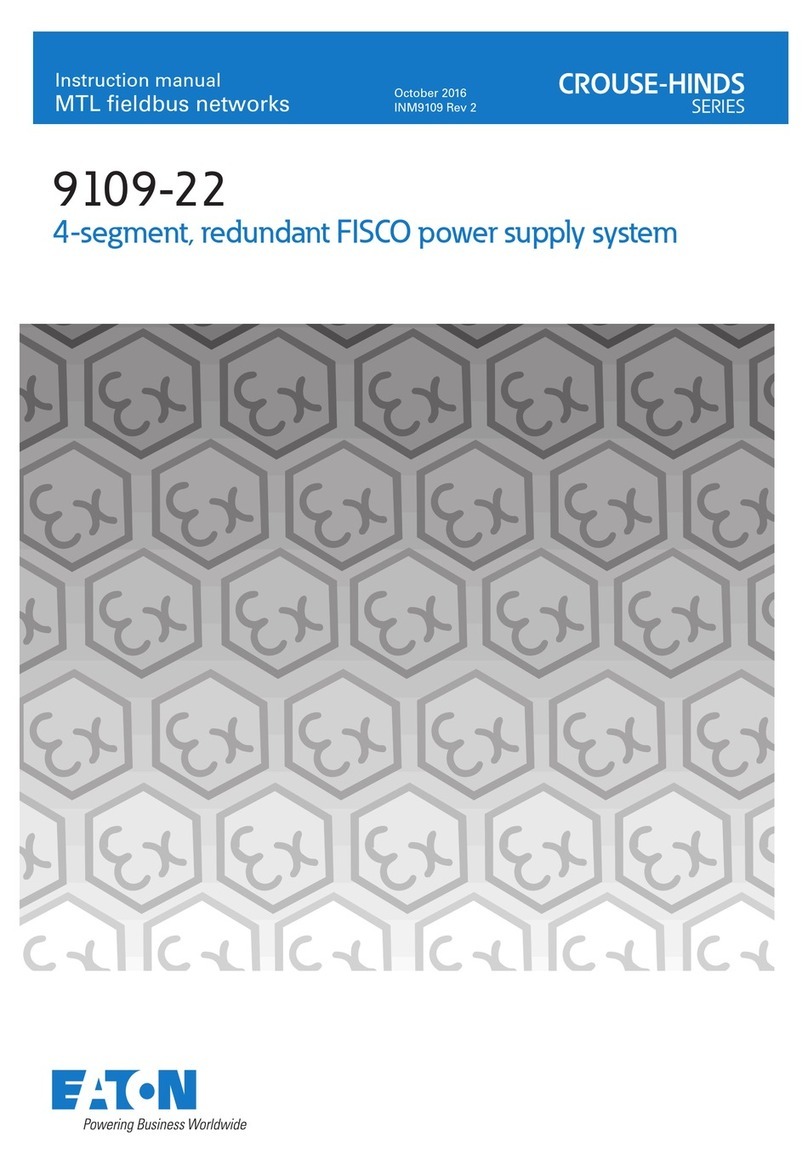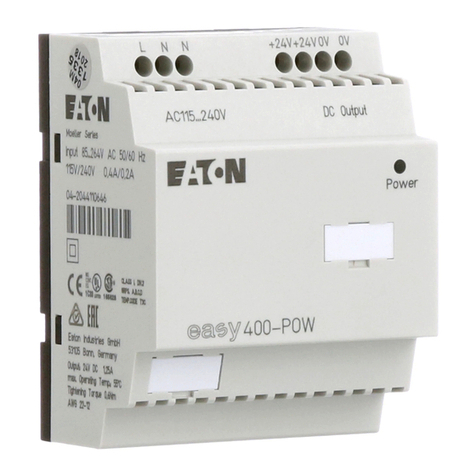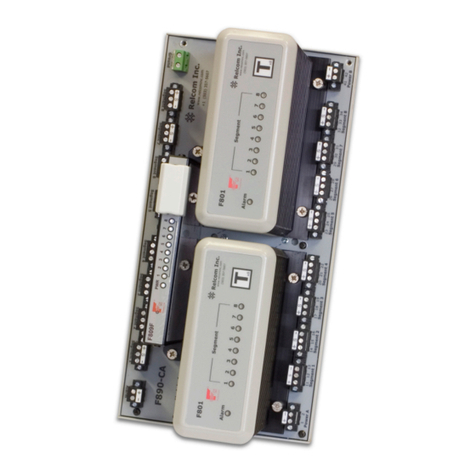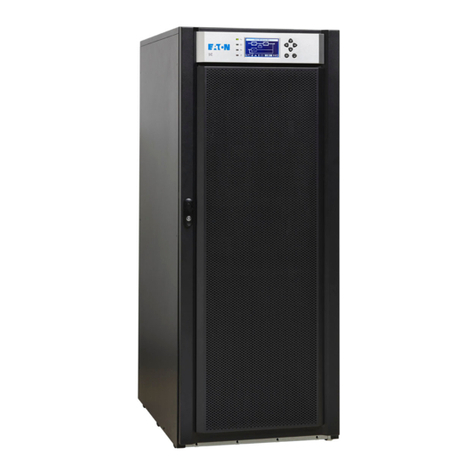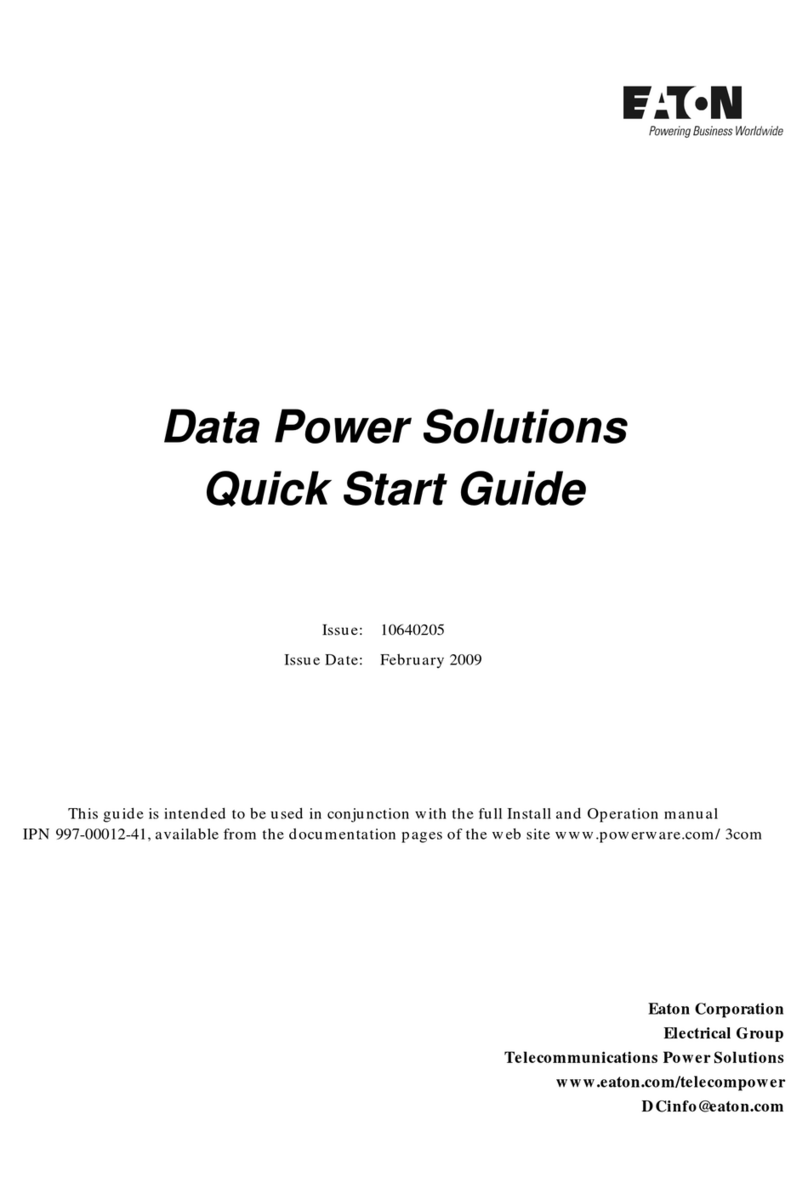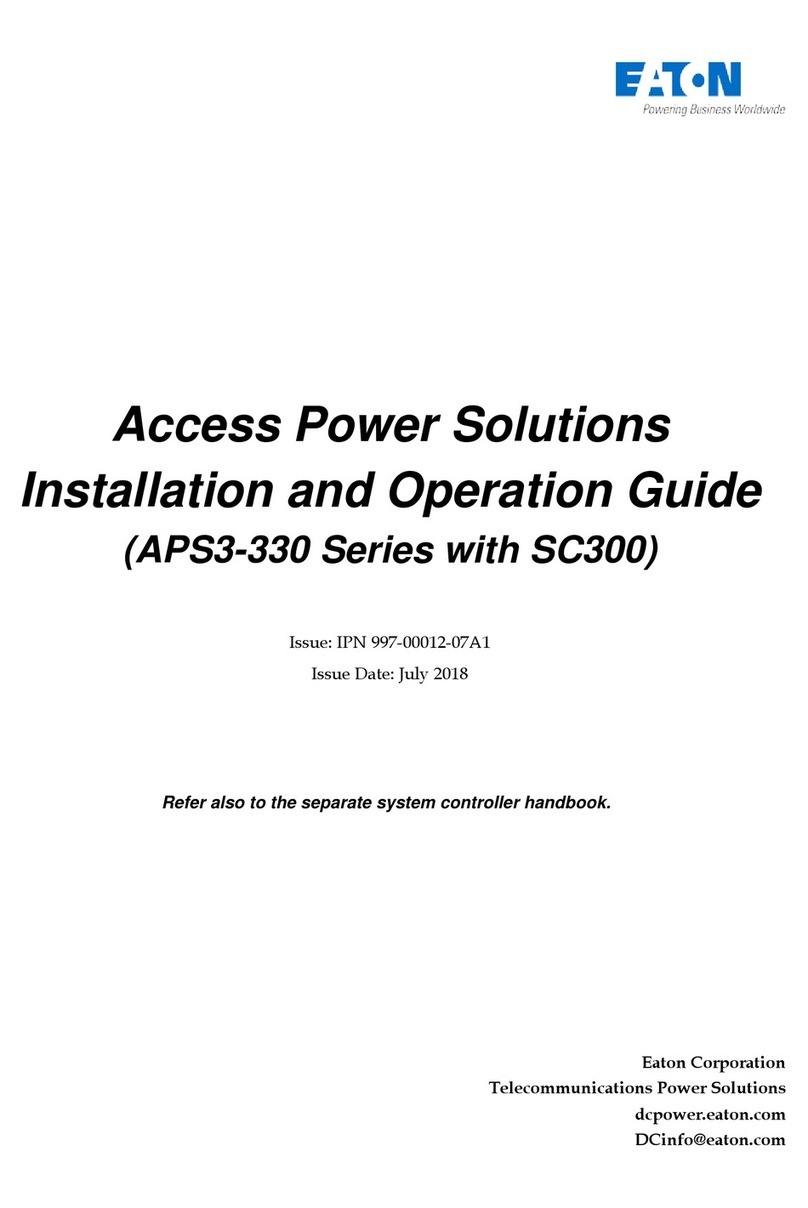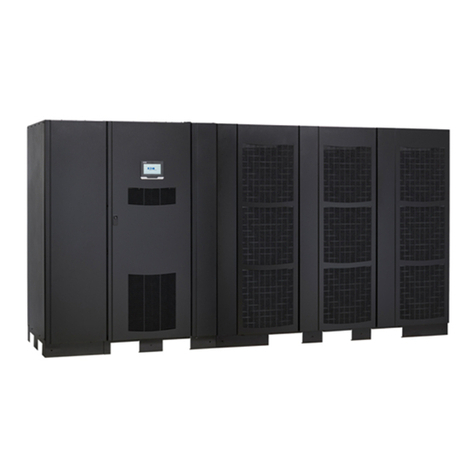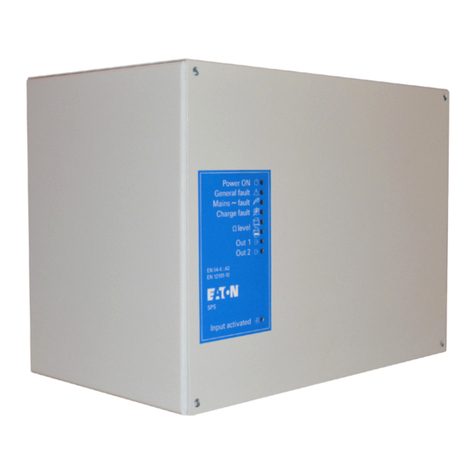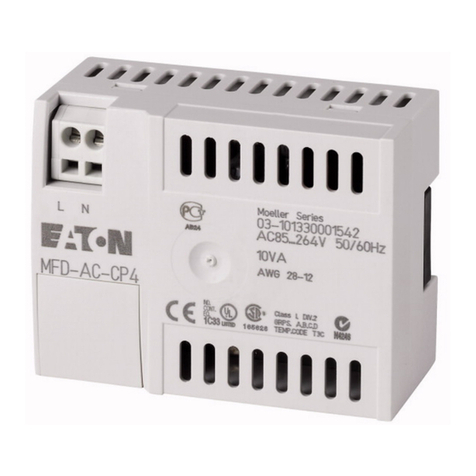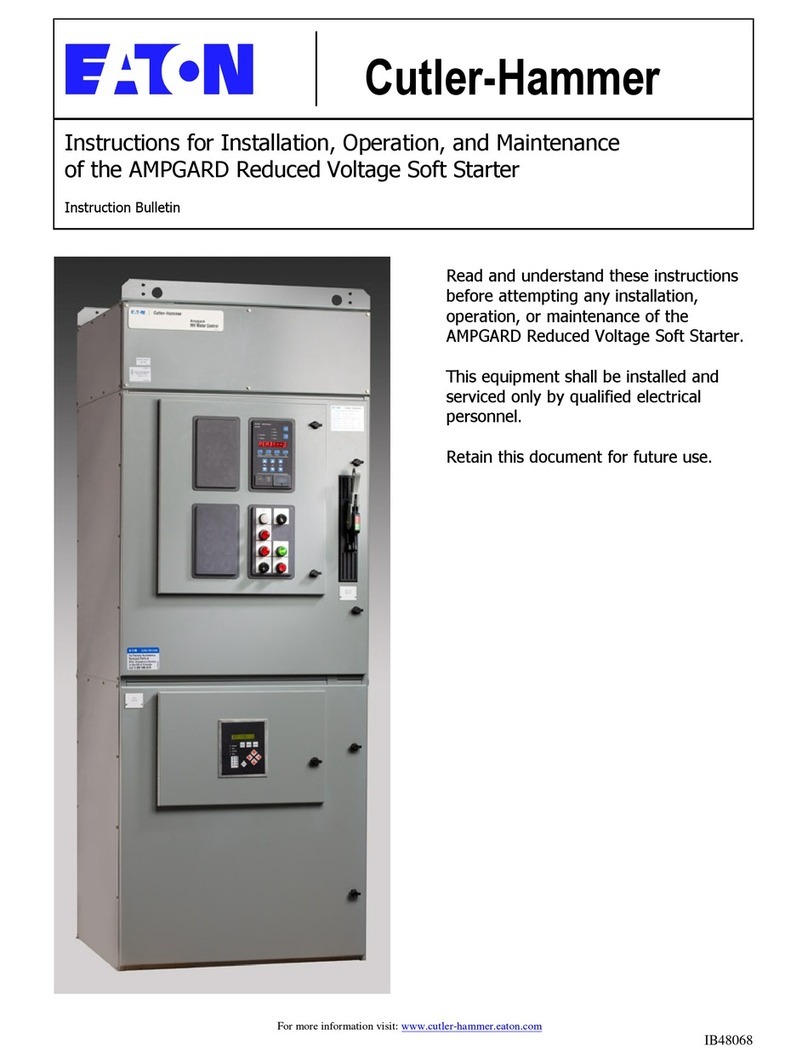
TABLE OF CONTENTS
Power Xpertt9395 UPS (450–825 kVA) Installation and Operation Manual S164201725 Rev 9 www.eaton.com/powerquality iii
7.2.4 Using the Menu 7-5..................................................................................
7.2.5 Mimic Screen 7-5...................................................................................
7.2.6 Display Menu Operation 7-6............................................................................
7.2.7 Load Off Screen 7-9..................................................................................
7.2.8 System Status Screen and Controls 7-9....................................................................
7.2.9 Load Off Screen 7-12..................................................................................
7.3 Single UPS Operation 7-13..................................................................................
7.3.1 Starting the UPS in Online Mode 7-13......................................................................
7.3.2 Enable Energy Saver System Mode from the UPS Command Menu 7-14..............................................
7.3.3 Disable Energy Saver System Mode from the UPS Command Menu 7-15.............................................
7.3.4 Start Energy Saver System High Alert Mode from the UPS Command Menu 7-15.......................................
7.3.5 Enable Variable Module Management System Mode from the UPS Command Menu 7-16.................................
7.3.6 Disable Variable Module Management System Mode from the UPS Command Menu 7-16.................................
7.3.7 Start Variable Module Management System High Alert Mode from the UPS Command Menu 7-17...........................
7.3.8 Starting the UPS in Bypass Mode 7-17.....................................................................
7.3.9 Enable Energy Saver System Mode from the Bypass Command Menu 7-18............................................
7.3.10 Disable Energy Saver System Mode from the Bypass Command Menu 7-18...........................................
7.3.11 Start Energy Saver System High Alert Mode from the Bypass Command Menu 7-19.....................................
7.3.12 Enable Variable Module Management System Mode from the Bypass Command Menu 7-19...............................
7.3.13 Disable Variable Module Management System Mode from the Bypass Command Menu 7-20...............................
7.3.14 Start Variable Module Management System High Alert Mode from the Bypass Command Menu 7-20.........................
7.3.15 Starting the UPMs 7-21................................................................................
7.3.16 Starting a Single UPM 7-22.............................................................................
7.3.17 Transfer from Online to Bypass Mode 7-23..................................................................
7.3.18 Transfer from Bypass to Online Mode 7-24..................................................................
7.3.19 Transfer from Online to Bypass Mode and Shut Down UPMs 7-24..................................................
7.3.20 Single UPM Shutdown 7-25.............................................................................
7.3.21 Single UPM Restart 7-26...............................................................................
7.3.22 UPS and Critical Load Shutdown 7-27......................................................................
7.3.23 Charger Control 7-27..................................................................................
7.3.24 Using the UPS LOAD OFF Pushbutton or Command 7-28.........................................................
7.3.25 Using the Remote Emergency Power-off Switch 7-30...........................................................
7.4 Multiple UPS Distributed Bypass Operation 7-31...................................................................
7.4.1 Starting the Distributed Bypass System in Online Mode 7-31.....................................................
7.4.2 Enable Energy Saver System Mode from the UPS Command Menu 7-32..............................................
7.4.3 Disable Energy Saver System Mode from the UPS Command Menu 7-33.............................................
7.4.4 Start Energy Saver System High Alert Mode from the UPS Command Menu 7-33.......................................
7.4.5 Enable Variable Module Management System Mode from the UPS Command Menu 7-34.................................
7.4.6 Disable Variable Module Management System Mode from the UPS Command Menu 7-34.................................
7.4.7 Start Variable Module Management System High Alert Mode from the UPS Command Menu 7-35...........................
7.4.8 Starting the Distributed Bypass System in Bypass Mode 7-35.....................................................
7.4.9 Enable Energy Saver System Mode from the Bypass Command Menu 7-36............................................
7.4.10 Disable Energy Saver System Mode from the Bypass Command Menu 7-36...........................................
7.4.11 Start Energy Saver System High Alert Mode from the Bypass Command Menu 7-37.....................................
7.4.12 Enable Variable Module Management System Mode from the Bypass Command Menu 7-37...............................
7.4.13 Disable Variable Module Management System Mode from the Bypass Command Menu 7-38...............................
7.4.14 Start Variable Module Management System High Alert Mode from the Bypass Command Menu 7-39.........................
7.4.15 Starting the UPS UPMs 7-39............................................................................
7.4.16 Starting a Single UPM 7-40.............................................................................
7.4.17 Transfer from Online to Bypass Mode 7-42..................................................................
7.4.18 Transfer from Bypass to Online Mode 7-42..................................................................




